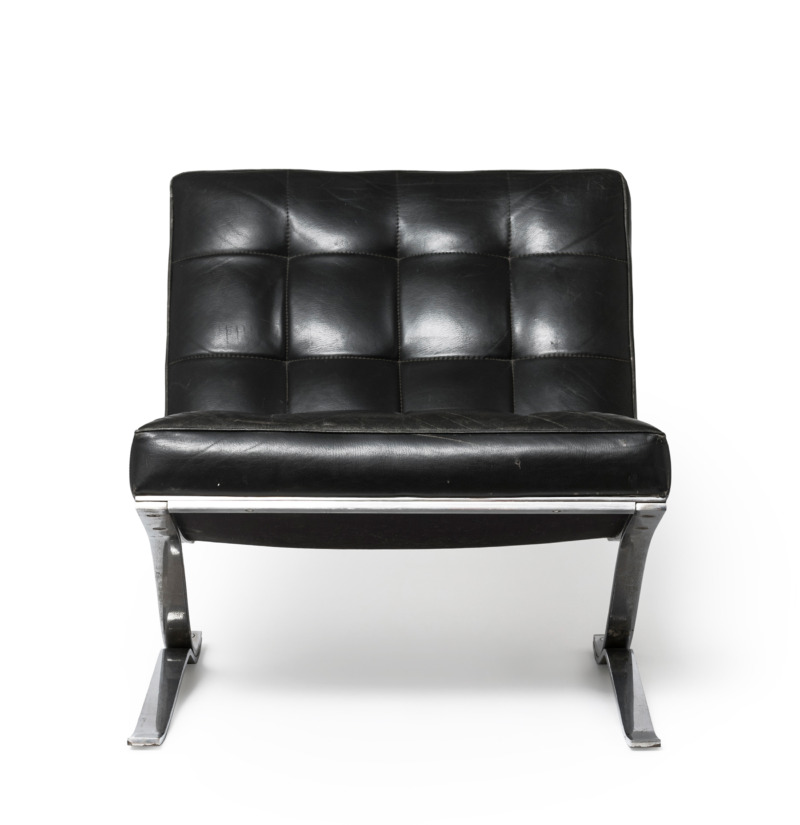This “scarf holder” helps to organize and arrange scarves and shawls in the closet in a space-saving way.
It is just one model from the wide range of different hangers that can now be found on the market: hangers for ties, trouser, hats, scarfs, skirts or belts, hangers in special forms or those for multiple uses, and many more.
Clothes hangers are first needed with the possession of many pieces of clothing. So, as an object specifically of the industrial era, it says a lot about the core theme of our museum, industrial product culture.
The first clothes hangers were created for social elites: Clergy and nobility used it to store precious regalia or other ceremonial garments without wrinkles, while the military had special hangers for instance for the shoulder pieces of their uniforms. It was not until industrialization, which, as is well known, had its origins in mechanical textile production, and the emergence of a broad consumer culture as a result of the spread of increasingly inexpensive goods in the 19th and 20th centuries, that the circle of consumers of this organizational aid began to expand. Until then, most people had simply not owned enough things to have to come up with special orders for them.
The hanger is not alone in leaving its niche behind in this period: file folders, stamp holders, pencil cases and bookends only became necessary in the age of mass ownership. At the same time – the ambiguous title of our special exhibition ORGANIZING THINGS alludes to this – all these objects have in common that they were invented by man to organize his things, but at the same time they, in turn, discipline man himself to order through their form. In order not to get lost in the abundance of possessions, even an order of these systems of order is necessary, i.e. tidying up.
As part of a collection of special hangers, the “scarf holder” is the “order thing of the hour” within the current special exhibition ORGANIZING THINGS, on display until October 31, 2022.

